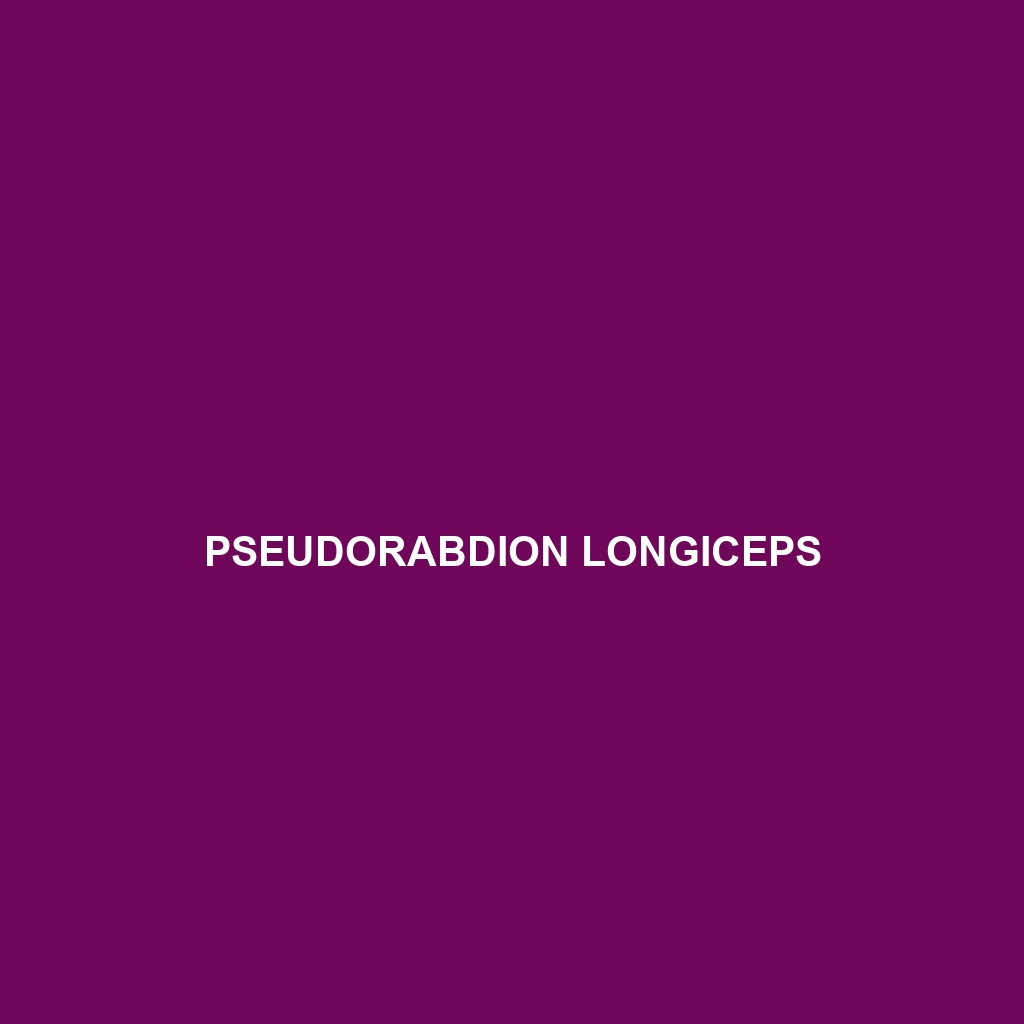<p><b>Pseudorabdion longiceps</b> is a nocturnal insectivore native to the rainforests of Southeast Asia, characterized by its elongated body, long narrow head, and mottled coloration that aids in camouflage. This species plays a vital role in the ecosystem by regulating insect populations and serving as a prey source for larger predators.</p>
Tag: leaf litter dwellers
Pseudorabdion longiceps
<p><b>Pseudorabdion longiceps</b> is a nocturnal insectivore native to the rainforests of Southeast Asia, characterized by its elongated body, long narrow head, and mottled coloration that aids in camouflage. This species plays a vital role in the ecosystem by regulating insect populations and serving as a prey source for larger predators.</p>
Panaspis maculicollis
<b>Panaspis maculicollis</b>, known as the spotted-necked skink, is a resilient, insectivorous reptile found in various habitats across East Africa, characterized by its sleek body, distinctive dark brown or olive coloration with lighter neck spots, and adaptive behaviors. This diurnal skink plays a vital role in its ecosystem by regulating insect populations while serving as prey for larger animals.
Eremiascincus isolepis
<p><b>Eremiascincus isolepis</b>, commonly known as the eastern skink, is a slender, diurnal insectivore native to the temperate forests and woodlands of eastern Australia, recognized for its smooth, shiny scales and remarkable tail regeneration ability. This skink plays an essential role in its ecosystem by controlling insect populations and serving as prey for larger predators.</p>
Cyrtodactylus wallacei
Cyrtodactylus wallacei, a medium-sized gecko native to the tropical forests of Southeast Asia, known for its remarkable camouflage and nocturnal hunting behavior. Currently listed as vulnerable due to habitat loss, this species plays a crucial role in controlling insect populations and maintaining ecological balance.




